Description
Aluminum PCB is a unique metal-based copper-clad laminate PCB. Aluminum-based PCB has good thermal conductivity, electrical insulation properties, and machinability.
1. Features of Aluminum based PCB
(1) Using Surface Mount Technology (SMT);
(2) Having good thermal tunability in the circuit design program ;
(3) Reducing the temperature, improving the power density and reliability of the product, and extending the service life of the product;
(4) Reducing the size, hardware and assembly costs;
(5) Replacing ceramic substrates;
(5) It can replace ceramic substrate to get better mechanical endurance.
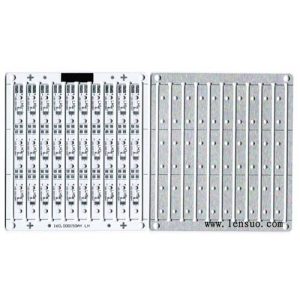
2. How are PCBs manufactured?
In the process of manufacturing aluminum PCBs, a thin dielectric layer is added between the circuit layer and the metal base layer. This dielectric layer is both electrically insulating and thermally conductive. After adding the dielectric layer, the circuit layer or copper foil is etched. This allows you to obtain the desired pattern. The metal base layer of the circuit board helps in removing all the heat from the circuit with the help of a thin dielectric layer.
(1) Structure of Aluminum PCB
Aluminum based PCBs consist of a circuit layer, a thermally conductive insulating layer, and a metal base layer.
- Circuit layer (i.e. copper foil): usually etched to form printed circuits, so that the various components of the assembly are connected, in general, the circuit layer is required to have a large current-carrying capacity, and thus should be used in a thicker copper foil, the thickness of the general 35 μm ~ 280 μm;
- Thermally conductive insulation layer: is a thin dielectric layer that helps to eliminate all the heat in the circuit. Thermally conductive insulation layer is a layer of low thermal resistance thermal insulation material, and the core technology of PCB aluminum substrate. It is generally made of special ceramic filled with a special polymer composition, low thermal resistance, excellent viscoelastic properties, the ability to resist thermal aging, and the ability to withstand mechanical and thermal stresses. IMS-H01, IMS-H02, LED-0601, and other high-performance PCB aluminum substrate thermal insulation layers use such technology so that it has excellent thermal conductivity and high strength electrical insulation properties;
- Metal base layer: is a layer of low thermal resistance thermal insulation material is the core technology of PCB aluminum substrate. Metal base layer is the support component of the aluminum substrate, requires high thermal conductivity, generally aluminum, can also use copper (of which copper can provide better thermal conductivity), suitable for drilling, punching and cutting, and other conventional mechanical processing. PCB material compared with other materials has incomparable advantages. Suitable for power components surface mount SMT public art. No heat sink, greatly reduced in size, excellent heat dissipation, good insulation, and mechanical properties.
(2) Types of Aluminum PCB
Aluminum PCBs are divided into three main types:
- Through-hole Aluminum PCB: In through-hole Aluminum PCBs, aluminum is pre-drilled. Afterward, the dielectric is backfilled into the holes.
- Flexible Aluminum PCB: In these PCBs, flexible dielectrics are used which provide a high level of flexibility, thermal conductivity, and electrical insulation. When these dielectrics are used with aluminum, the resulting product is highly flexible and can be formed into different shapes. This helps eliminate expensive connectors and fixtures.
- Hybrid Aluminum PCBs: These types of aluminum PCBs are typically used in RF applications and are known to provide better thermal performance when used in standard FR4 products.
3. Advantages
(1) Environmentally friendly: Aluminum is non-toxic and recyclable. Manufacturing with aluminum also helps save energy due to the ease of assembly. For printed circuit board suppliers, using this metal helps maintain the health of the planet.
(2) Heat Dissipation: High temperatures can cause serious damage to electronic devices, so it's wise to use materials that help dissipate heat. Aluminum transfers heat away from vital components, thus minimizing its harmful effects on the board.
(3) Higher Durability: Aluminum provides strength and durability to products that ceramic or fiberglass base materials cannot. Aluminum is a strong base material that reduces accidental breakage during manufacturing, handling, and everyday use.
(4) Light weight: Aluminum offers incredible durability and is a surprisingly lightweight metal. Aluminum adds strength and flexibility without adding any extra weight.
4. Applications
(1) Audio equipment: input, output amplifiers, balanced amplifiers, audio amplifiers, preamplifiers, and power amplifiers.
(2) Power supply: switching regulator, DC/AC converter, SW regulator, etc.
(3) Communication Electronic Equipment: High-Frequency Amplifiers, Filtering Equipment, Transmitter Circuits
(4) Office automation equipment: motor drives, etc.
(5) Automobile: electronic regulator, ignition, power controller, etc.
(6) Computer: CPU boards, floppy disk drives, power supply devices, etc.
(7) Power Modules: Inverters, Solid State Relays, Rectifier Bridges, etc.
(8) Lamps and Lighting: As the promotion of energy-saving lamps is advocated, all kinds of colorful and energy-saving LED lamps are welcomed by the market, aluminum PCBs for LED lamps have started to be applied on a large scale.

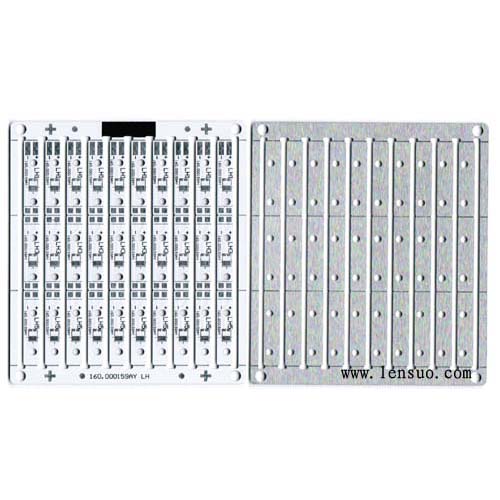
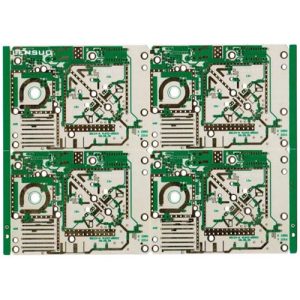
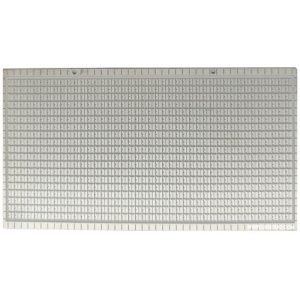
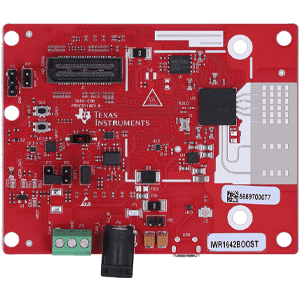

分享到: